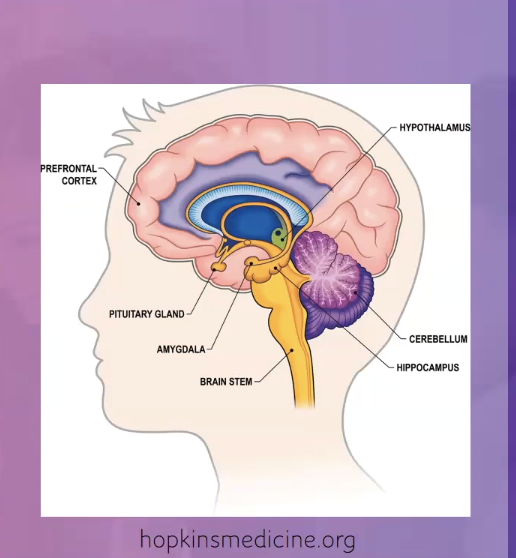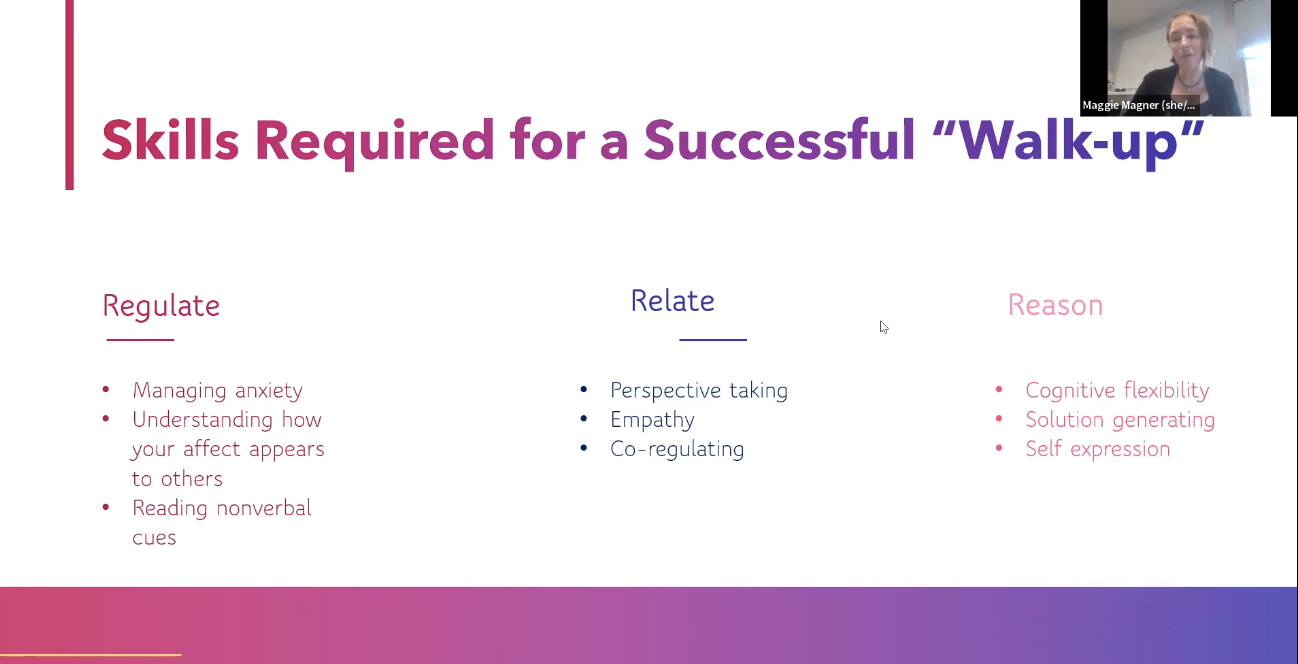Strategizing the Walk-Up: How to Effectively Offer Feedback to Staff
In her recent webinar “Demystifying Feedback,” Maggie Magner discussed the two main methods of offering feedback to staff: formalized evaluations, in which both you and a staff member assess and discuss performance, and in-the-moment feedback, commonly referred to as the “walk-up.” In this method, you see something happening that is possibly problematic and offer immediate feedback and/or intervention.
How you handle the walk-up, according to Maggie, is a crucial part of building an organizational culture of trust, positivity, and open communication. As the Director of Auxiliary Programs at the Fenn School with a background in camp, Maggie also teaches Language Arts and is certified in the Creative Problem Solving Model.™ Her diverse skill set and experience gives her a solid understanding of how a science-backed approach to offering feedback can help create a cohesive, unified team able to listen and respond with positivity.
The Neuroscience of Regulate, Relate, and Reason

The pre-frontal cortex is the brain’s area of reasoning, the only part that can take in and integrate feedback. But to reach that crucial spot, two things must happen first: regulating emotional tension and relating to the other’s experience.
Maggie’s mantra is “always give the benefit of the doubt.” By assuming good intentions and approaching a potential conflict with neutrality, you “bring the temperature down” in an interaction and relieve tension.
Once you're both emotionally co-regulated and open enough to listen, you can empathize or relate to the other person’s situation. Even if you don’t agree, you can, through benefit of the doubt, assume they may have good reasons for their choice.
Now that you’ve opened the channels of communication through regulating and relating, you can use reason to discuss the problem at hand with more equanimity and effectiveness. Maggie emphasizes that this is how the brain works for all humans. Regulate, Relate, and Reason is as true for students in the classroom as it is for adult staff members.
Strategizing the Walk-Up: Implementing the Science of Regulate, Relate, and Reason

Step 1: Be Neutral
Maggie champions the “feedback is information” framework. Information is not good or bad; it’s data, something that helps everyone do their job better while feeling supported. A neutral approach is a key part of this framework.
Initiating feedback in a neutral manner involves a statement such as “I noticed…” (“I noticed you’re playing this game on concrete instead of grass”).
Rather than simply pointing out the problem—concrete is hard—and redirecting—move the game to the softer grass—the neutral approach prevents the staff member from feeling criticized and possibly becoming defensive.
Step 2: Be Curious
Ask curiosity questions: “Tell me about…” or “I’m wondering…” (“I’m wondering why you chose to play this game here, tell me about that.”)
Curiosity questions allow you to give the benefit of the doubt by assuming the staff member may have good reasons for making what appears to be a problematic choice. Questions create space for staff to explain any circumstances that may not be obvious to the observer; perhaps the grass is wet or muddy from a recent rainstorm.
Most importantly, curiosity questions make the staff member feel heard and show that you are willing to listen.
Step 3: Use Reflective Listening
In reflective listening, you share with the staff member what you heard them say (“is that what you mean?) This clarifies communication and ensures you understand each other correctly. (“You’re concerned a student might slip and hurt themselves on the grass today. Is that what you mean?”)
Step 4: Weigh In
Now that you understand the staff member’s perspective and any relevant circumstances, it’s time to weigh in with your expectation and/or concern for the situation. (“You’re right, the grass is wet. But it would still be safer than concrete.”) or (“You’re right, the grass is wet. How about playing a different game on the concrete that’s less physically active?”)
Step 5: Invite More Dialogue
Once the issue is resolved, make sure the staff member knows you’re willing to discuss the situation more if they’d like (“I’m happy to talk more…). This way, they know that communication is open and a two-way street, that you’re available for them to approach if they still have questions about the feedback. (“I’m happy to talk more about how to handle games after a rainstorm. It can be challenging to change plans last minute.”)
The Takeaway
The ROI is well worth the investment of time and practice of implementing an effective walk-up, according to Maggie. It strengthens organizational unity while helping to build an open culture where feedback is offered and accepted as important, useful information. There’s no substitute for transparent open-mindedness when creating an equitable, effective, and positive walk-up experience.
Searching for more information on staff feedback, training, and development? Check out these resources, free for all SPARC members:
- The Internal Relationship Assessment Tool
- The SPARC Effect Podcast: Build Your Ideal Camp Culture With Effective Staff Training
- Roundtable video: Staff Hiring, Onboarding, Training, and Evaluations
SPARC offers a host of resources to help you build a positive, impactful staff culture. To access valuable tools, videos, professional development events, community support, and more, join SPARC today!
